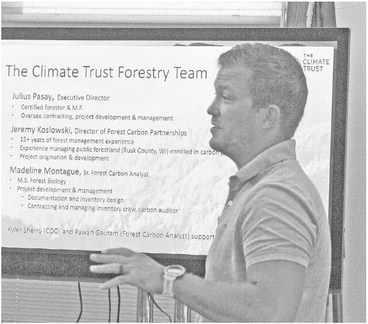Chelsea Dam work nearing completion


Work on replacing the Camp 8 dam is expected to begin next week and be substantially completed by September 8, while the Chelsea Dam project should be substantially completed by th...


Work on replacing the Camp 8 dam is expected to begin next week and be substantially completed by September 8, while the Chelsea Dam project should be substantially completed by th...